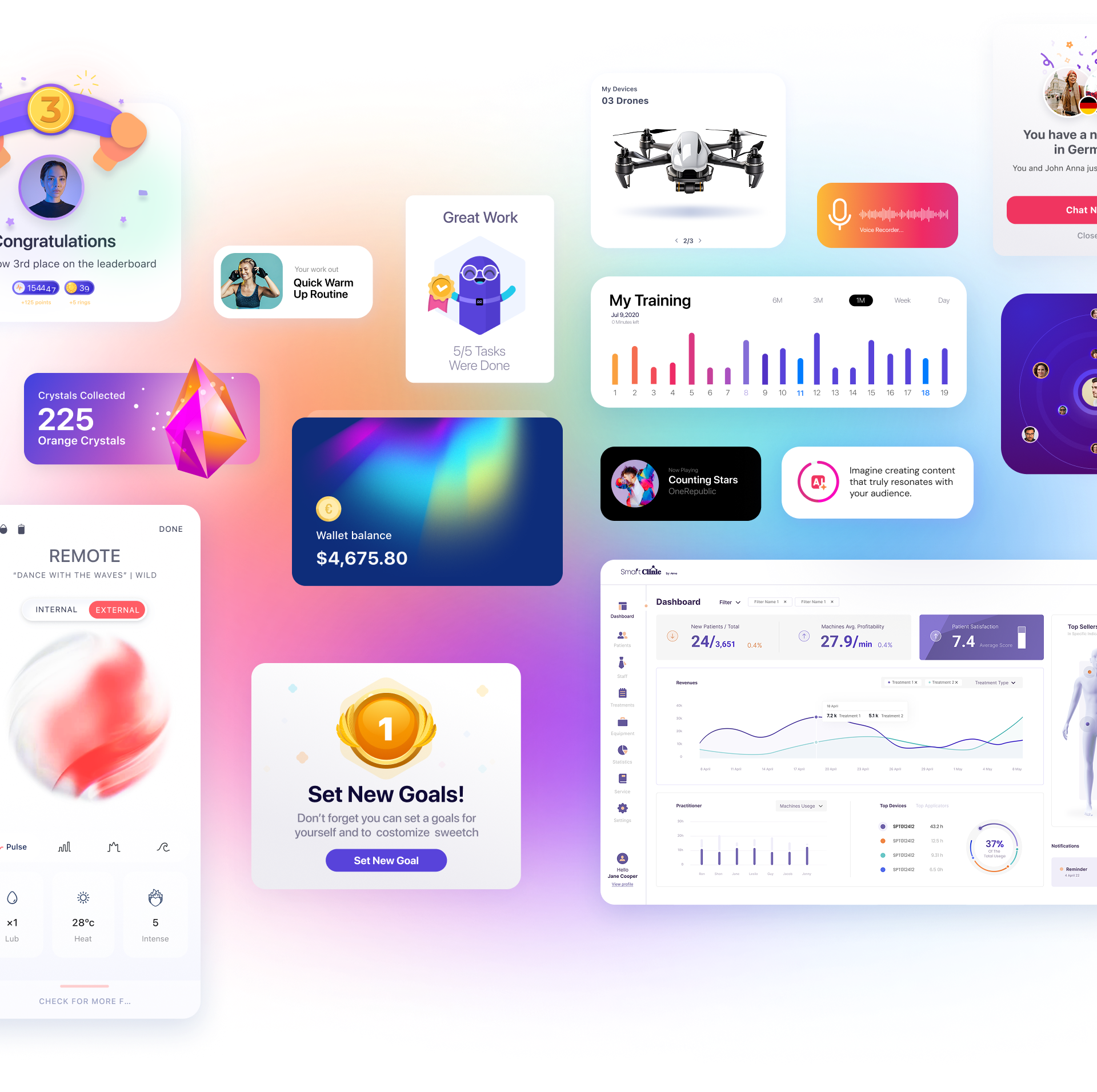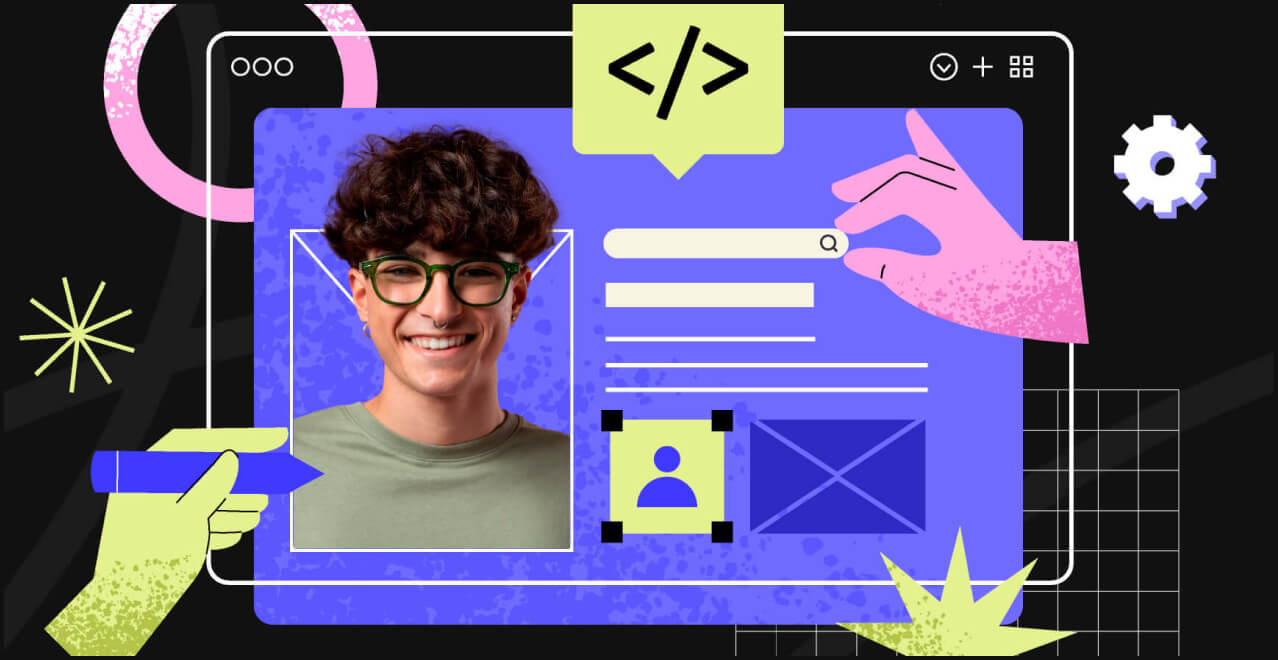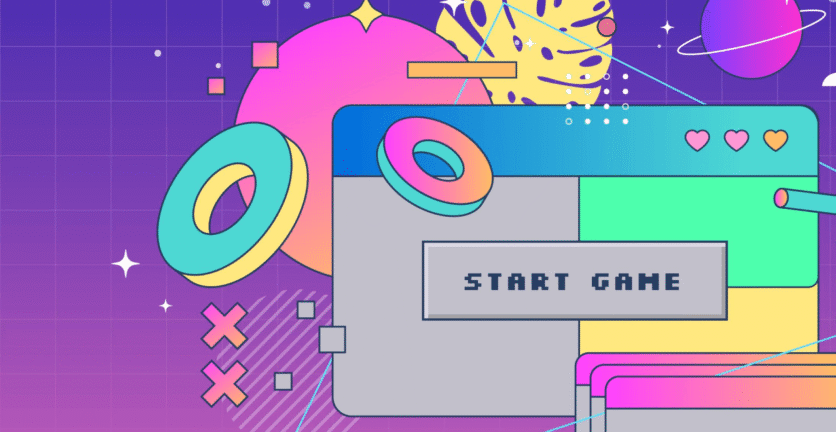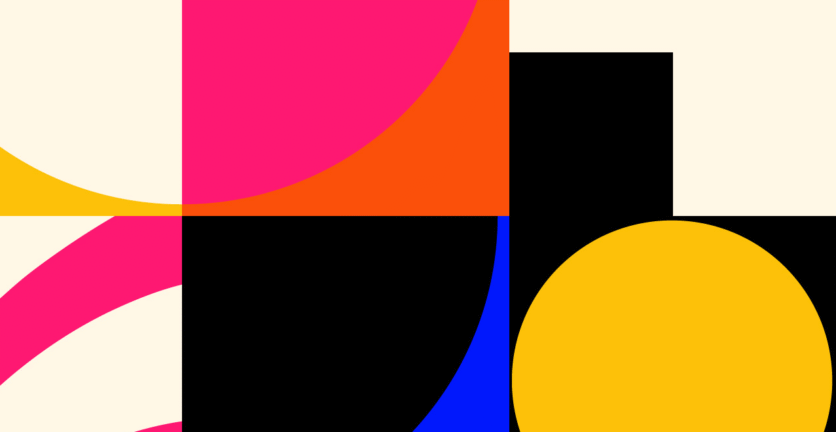The digital products we interact with should feel as natural as opening a door. You shouldn’t need a manual to figure out how to send a message, make a payment, or navigate a website. If a design requires instructions, the design isn’t intuitive enough. Great UX design feels like an extension of life—it’s easy, logical, and fits our expectations of how things *should* work. UX is life, design it for humans.
Every door that needs a PUSH or PULL sign is a design fail. Good UX needs no expanation. In fact there’s a name for this kind of door, or more accurately there’s a name for this kind of UX – Norman door. Named after cognitive scientist Don Noram, Norman doors are doors that operate differently than what the reasonable user would assume. Don Norman brought attention to the frustration users feel when design conflicts with intuition. A Norman Door, in essence, operates opposite to what a reasonable person might expect, and it points to a deeper issue in the world of design: when things are difficult to use, they fail us. UX is life, design is for humans.
Micael Caine once said that if someone complements his acting it means he failed his job. Acting shouldn’t be noticed. What’s important is the actual experience, not the meta. The beauty of design lies in its ability to be invisible—when done right, you hardly notice it’s there. Good design is an extension of how we naturally interact with the world. The closer it mimics the logic and expectations of human behavior, the more effortless it feels. When you walk through a properly designed door, you don’t stop to think. You simply *know* how to use it. No instructions are needed, no frustration arises. It just works, seamlessly, intuitively.
The same applies to UX design. The digital products we interact with should feel as natural as opening a door. You shouldn’t need a manual to figure out how to send a message, make a payment, or navigate a website. If a design requires instructions, the design isn’t intuitive enough. Great UX design feels like an extension of life—it’s easy, logical, and fits our expectations of how things *should* work.

It’s about trust. You trust a door with a handle to be swing open when you pull on it. If it doesn’t, you don’t know if it’s a Norman door or maybe the venue is closed. A friend of mine developed a whatsapp bot for finding help in the neighborhood. The bot was a bit slow, but this tiny delay had no feedback of any sort, and caused numerous users to quit the app thinking it was malfunctioning. Others clicked again and again to no avail. Creative Panda here explains what’s up. Transparency and clarity bring confidence and trust, and help people relax with the clicking.
Think about the objects you love using in your everyday life. Maybe it’s your favorite app, the tap-to-pay feature on your phone, or a streaming service that just “gets” what you want to watch. These experiences stand out because they are thoughtfully designed to anticipate your needs. They don’t force you to adapt to them; instead, they adapt to you, making the interaction pleasant, seamless, and even joyful.
But professionals deserve joy too. The more complicated the system, the more challenging the UX. Onboarding should be quick, time is money, and if a system can’t integrate quickly into what people know and do, people would choose not use.
Now, compare this to frustrating experiences—like poorly designed forms that ask redundant questions, or clunky systems where you’re forced to click through endless steps to achieve a simple goal. In these moments, you feel the weight of bad design. It interrupts your flow, wastes your time, and creates unnecessary friction between you and your goal.

Good design smooths out the rough edges between humans and technology, allowing the two to coexist in harmony. A well-designed product respects the user’s time, their attention, and their mental effort. It doesn’t demand more of them than necessary. This is where UX design becomes more than just a functional aspect of a product—it becomes an essential part of how we experience life. As we said, UX is life, design is for humans.
The best UX design is invisible, just like the best tools are those that feel like natural extensions of our bodies. A hammer, a pencil, a phone—all of these tools are made great when they don’t get in the way. The same principle applies to digital design. UX design is about reducing pain points, removing obstacles, and creating joy in how we interact with the world around us.
Ultimately, good UX is good life design. The interactions we have with technology, whether physical or digital, shape our daily experiences. When UX is thoughtful, it elevates these experiences from frustration to ease, from confusion to clarity, from stress to joy.
So, the next time you use a product that feels natural, intuitive, and effortless, take a moment to appreciate the design behind it. Because in the end, UX is life. It’s the bridge between humans and the technology that powers our lives, and when that bridge is built with care, it leads to a better, more connected world. UX is life, Design it for humans
#UXislife
#UXUIdesign





 Book a Call
Book a Call






